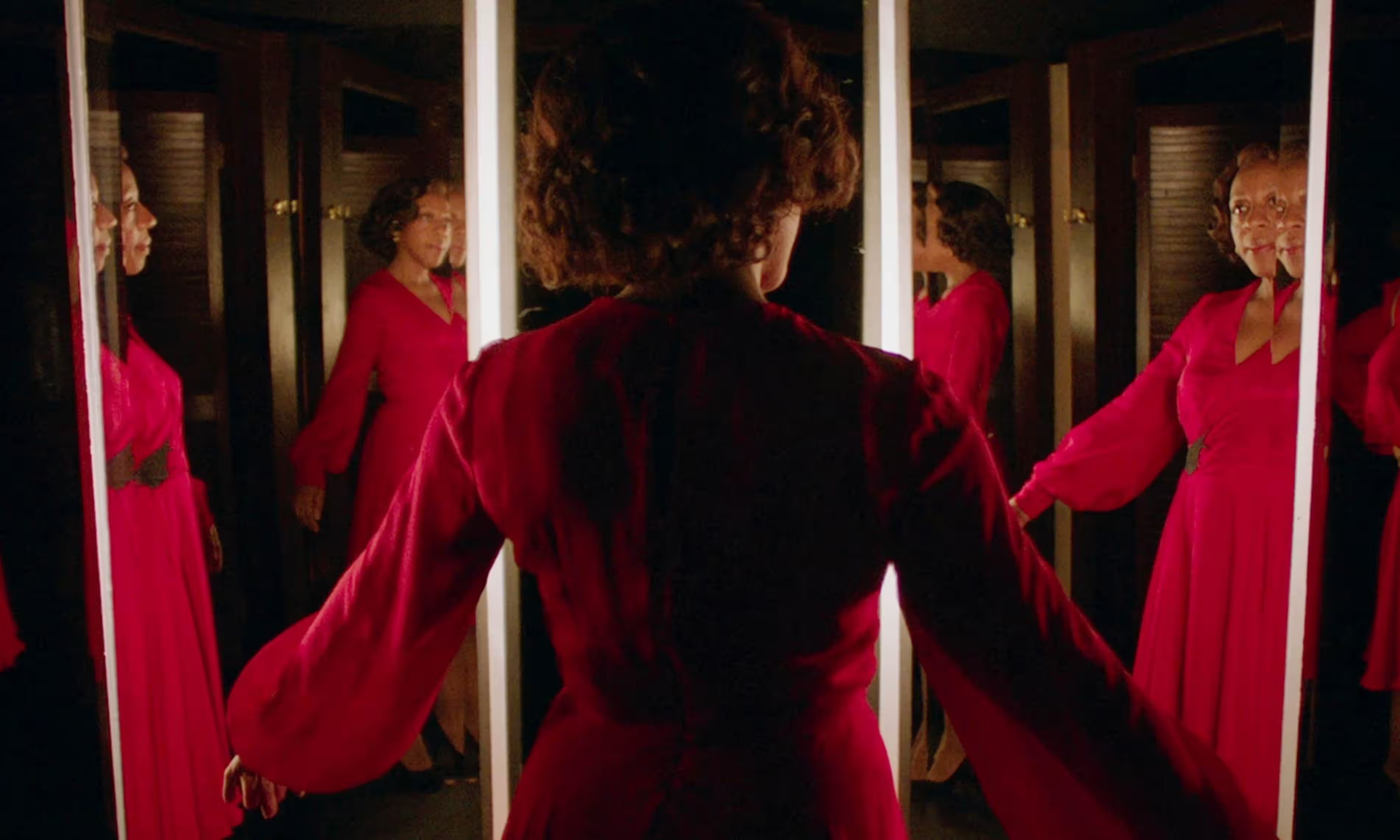Christmas is said to be about family values, giving and forgiving but let’s face it: It’s just as much about things. Discounts and bulk deals. Special offers and slashed prices. Slashed tires and torn feelings.
We present the best remedy against consumerist angst: a list of films where inanimate objects becomes the main characters of the film.
Usually some kind of desire is projected on the objects. They are the expression of failed dreams that are wished to become true at every cost. Because of this, they are imbued with human qualities and often become almost to life. But it is the kind of life that should make us cautious. They may bring us everything our heart desires. And then some.
Shoes
The Red Shoes
Michael Powell & Emeric Pressburger
UK
1948
Michael Powell and Emeric Pressburger must be the most undervalued filmmakers in the history of cinema. In the last column we featured Powell’s Peeping Tom (1960), now we go slightly back in time to shine a light on this absolute gem of a movie. In The Red Shoes, aspiring ballerina Vicky Page has to choose between personal life her artistic calling of dance. As she begins to fall in love, the choice becomes harder and starts driving her crazy. Worlds collide in great dramatic rapture.
The Red Shoes is a film about artistic dedication and sacrifice. In Powell’s words, it speaks about dying for art, that art is worth dying for. It is an undeniable masterpiece with a 17-minute ballet sequence in the middle. Musical melodrama with horror undertones.
Many items on this list are red. Red is a colour full of agency, and promise of new adventures ahead, possibly dangerous. Red is the great unknown: first sex, first period, first blood, both literally and figuratively. Possibly murder. Red forces us outside the realm of reason, the everyday normality. It is the opposite of the mundane.
The Red Shoes obviously has some connection to The Wizard of Oz (1939) and Dorothy’s red shoes. And Vicky Page’s obsessions certainly echo in Darren Aronofsky’s Black Swan (2010).
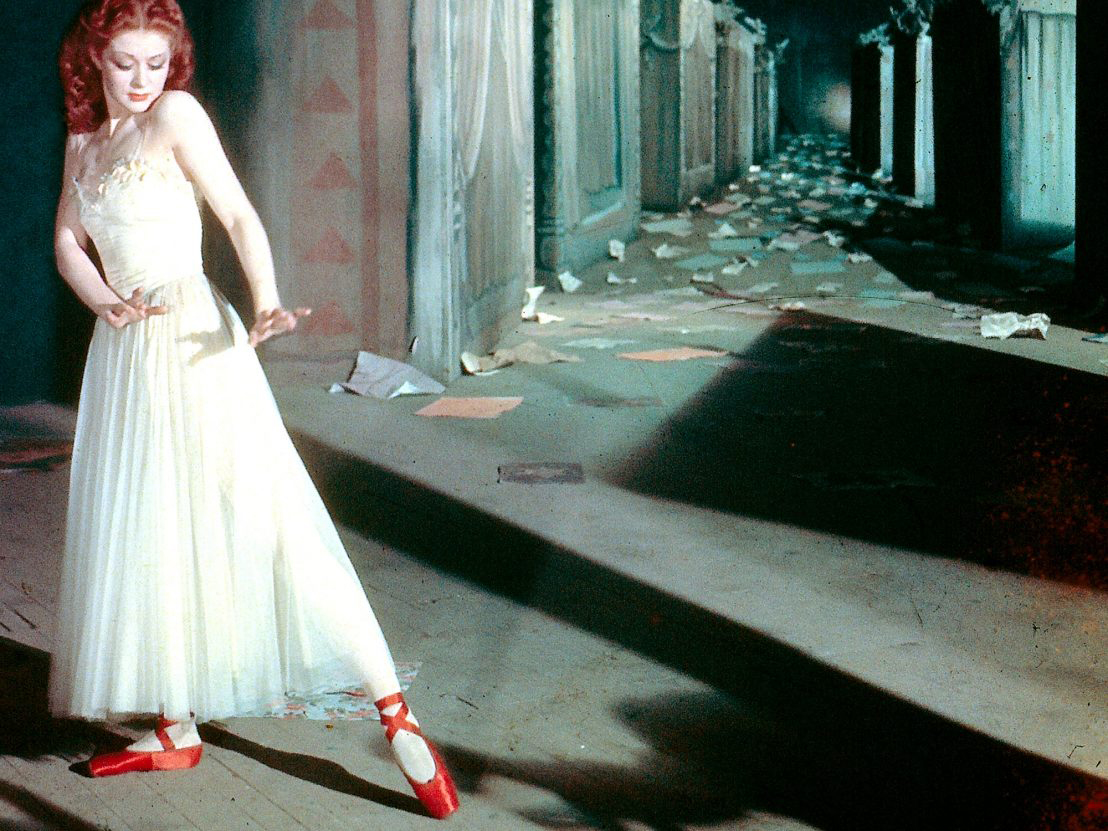
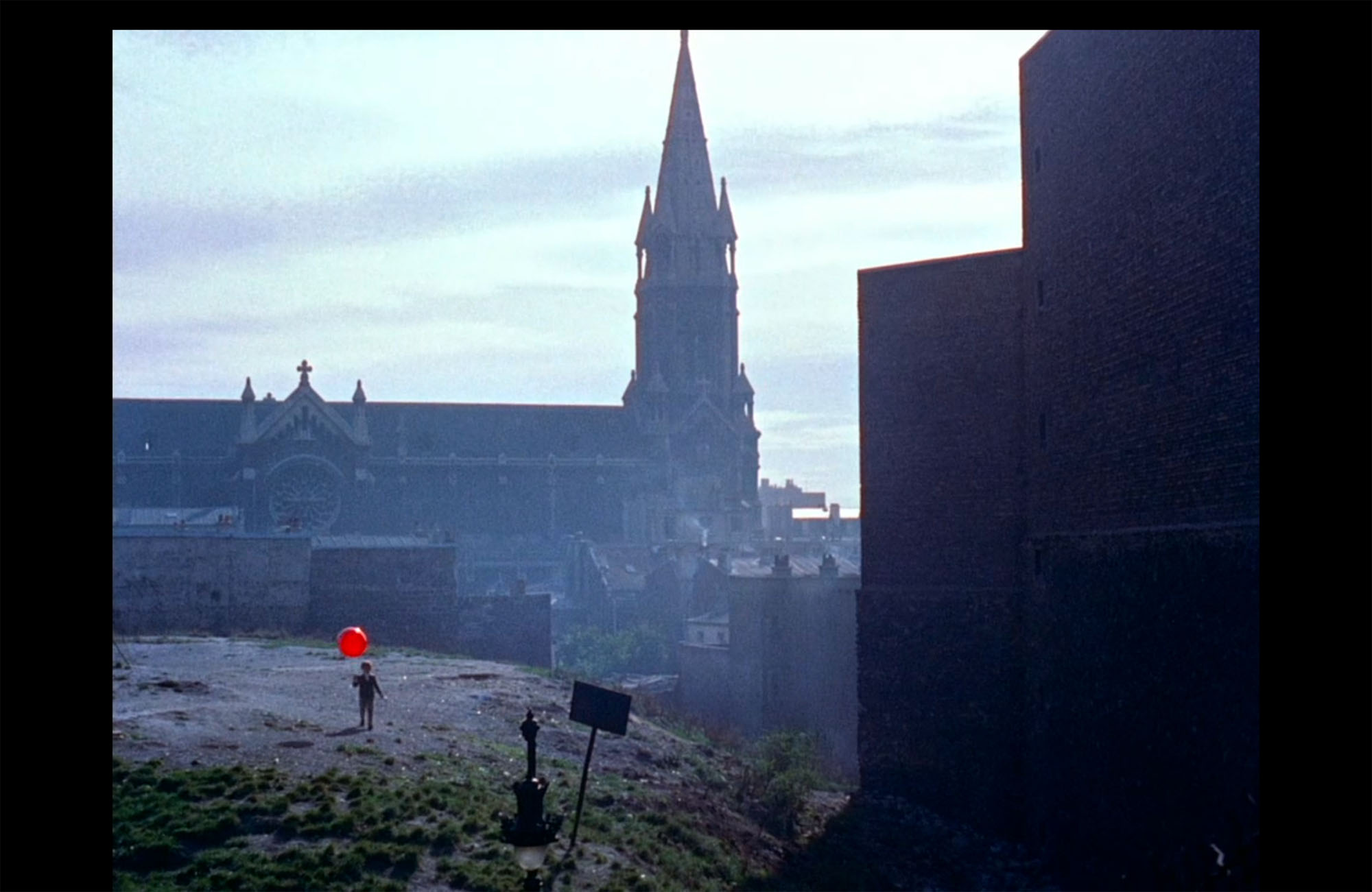
Balloons
The Red Balloon
Le Ballon rouge
Albert Lamorisse
France
1956
Rarely has a short film left such a mark on film history than The Red Balloon. The story about a boy and his red balloon is so basic it’s almost primal, and reminds us how cinema can work on a purely emotional, visceral level. With its bare 34-minute runtime it managed to grab Palme d'Or in Cannes and best original screenplay Oscar in 1957, making Albert Lamorisse the only person ever who has won this award with a short film.
The boy is played by Lamorisse’s son Pascal but it’s clear that the balloon is the lead character here, already for it’s extreme, all-encompassing visual allure. It is also a city tour of Paris that has already disappeared – wooden houses and narrow back alleys of Ménilmontant, around the 20th district.
From this film, balloons have flown in many different, interesting directions. Lamorisse made a full-length sequel Stowaway in the Sky (1960) where the boy takes a journey in a hot air balloon. Arthouse master Hou Hsiao-Hsien made a film with Juliette Binoche called Flight of the Red Balloon (2007), confessing it’s inspired by Lamorisse, and Iranian Jafar Panahi debuted with a very strong The White Balloon (1995), where a young girl holding a white balloon is trying to avoid getting swindled in the grown-up world.
Drinks
The Gods Must be Crazy
James Uys
South Africa-Botswana
1980
Actually it’s not a drink, just an empty bottle. A glass coke bottle is dropped from a plane and lands amongst the African tribe who have managed to get by without any modern influence. The bottle becomes an object of desire, as it’s believed to be sent by god. In a community built of the principle of sharing, “modern values” are gradually emerging, all related to the bottle – greed, envy, selfishness.
The Gods Must be Crazy is truly a unique film about the perils of capitalist thought. It’s critical of modern life but doesn’t turn bitter, retaining the warm and life-affirming tone of African cinema when the hunter-gatherer Xi sets upon a tolkienian journey to take the bottle to the edge of the earth and throw it over the edge, so that it can cause no more harm. A success story, followed by one official and three unofficial sequels.
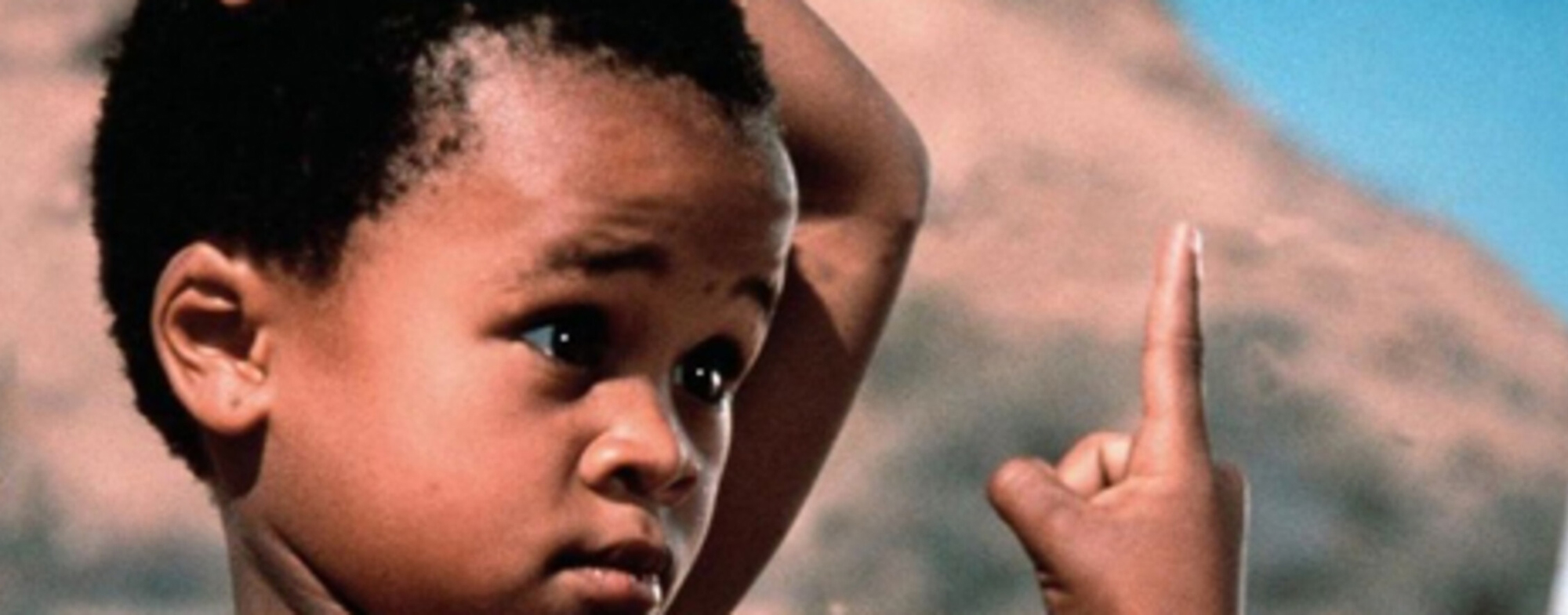
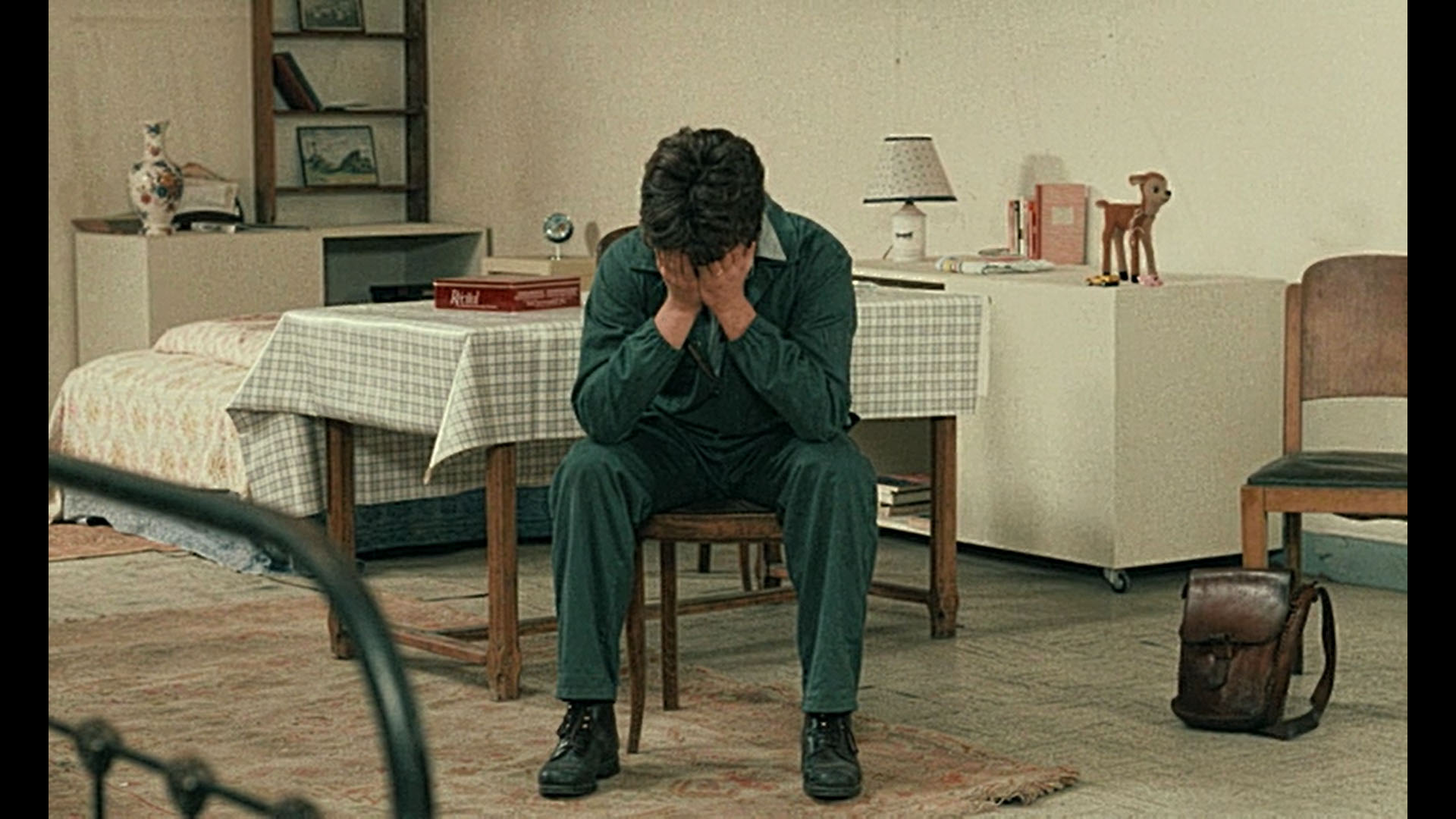
Money
L’Argent
Robert Bresson
France
1983
Money makes the world go round, but it might not really be a positive thing. Lev Tolstoy’s short story The Forged Coupon has spawned at least two great films where money takes centre stage, more specifically, a forged bill.
Robert Bresson’s last film L’Argent i.e. Money is a perfect fit for his style because he has always tried to marginalize the actors and acting in his films. Here they are often just extras in a bigger chain of tragic events set in motion by counterfeit money. Some of the most wonderful and laconic close-ups in the history of cinema, a celebration of pure style thoughout. It only uses first part of the Tolstoy story, so there is hardly any redemption. The same goes for Aku Louhimies’ influential Frozen Land (2005) where a fake 500-euro bill causes a lot of trouble and it seems that we are governed by cruel randomness. This film gives us Tolstoy’s idea on a blackboard in the opening minutes of the film: we are all run by our own private hells that we try to project onwards to the next person.
For a considerably lighter experience, you could try Hollywood’s Twenty Bucks (1993) with a cool nineties ensemble cast (Brendan Fraser, Elisabeth Shue, Steve Buscemi, etc).
Cars
Christine
John Carpenter
USA
1983
The one car movie that fits our purpose best is of course John Carpenter’s Christine. A Red 1954 Plymouth Fury that is, as the opening song by George Thorohood suggests, “bad to the bone”.
When it comes to possessed objects, it seems that Stephen King has a really considerable market share here, although the quality of films is not very good. In his only attempt to direct a film (loaded on coke, they say), King helmed Maximum Overdrive (1986), an adaptation of his short story Trucks, where all the machines go murderously crazy. It also has a lawnmower, perhaps a reference to King’s short story The Lawnmower Man about a demonic lawnmower. There is also a film that has nothing to do with the original story, except they share a title. And then there’s Tobe Hooper’s The Mangler (1995), yet another King adaptation about machines gone berserk. Here the giant old folding machine becomes the modern moloch, trying to devour everything.
While all of the other titles are questionable at best, “Christine” comes with a recommendation. It’s a classic US high school romance about a love story between a boy and a murderous car who makes all the boy’s dreams come true.
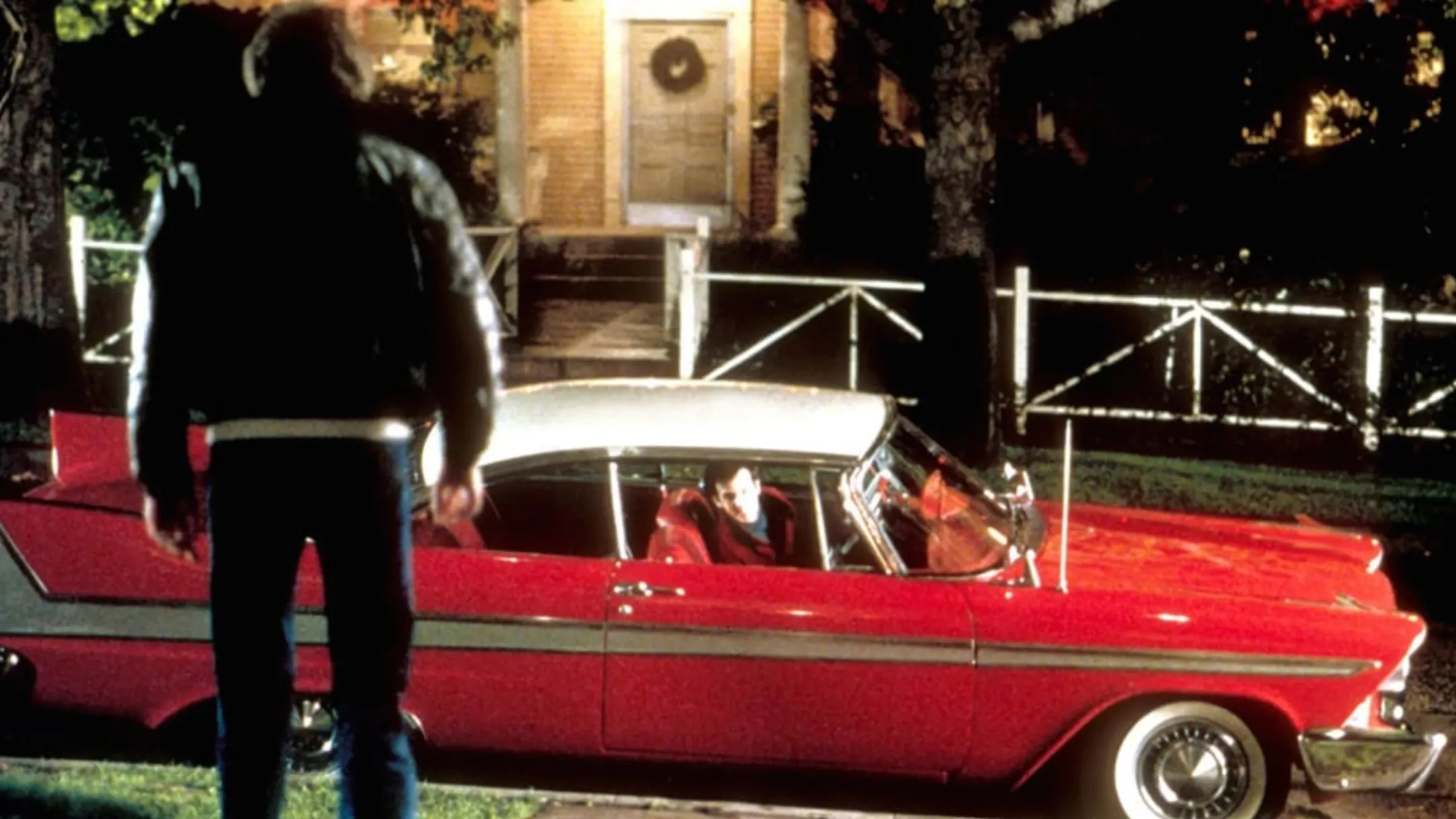
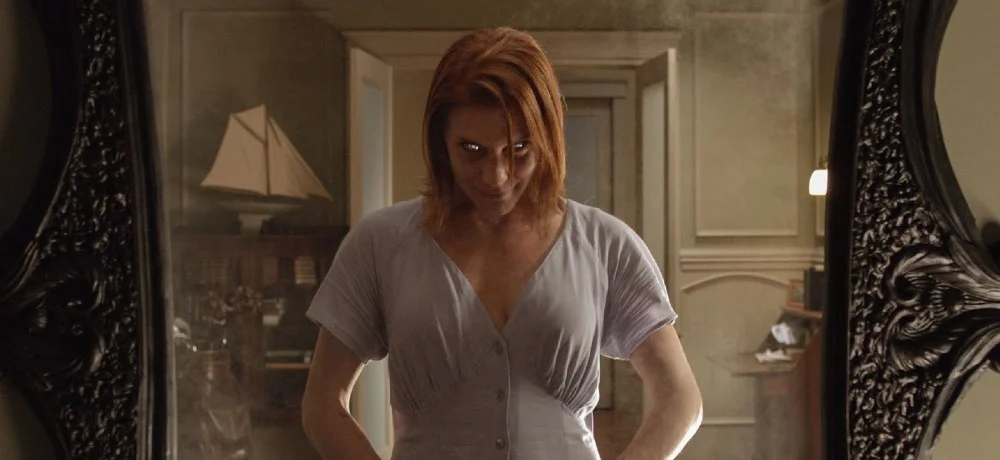
MIrrors
Oculus
Mike Flanagan
USA
2013
Many mirrors have been prominently featured in films, and other physical objects often assume the role of a character, especially when given some magical qualities. However, Mike Flanagan’s Lasser Glass is different. Special.
It made its first appearance in a short film “Oculus: Chapter 3 - The Man with the Plan” and then had its full-length leading role in “Oculus” – a story about a 400 year old mirror with Bavarian black cedar frame that can unite our dimension to one other, less favourable one. Flanagan’s films are creepy, sometimes genuinely scary. Maybe also because the Lasser portal is always at hand, hovering somewhere near the edge of the frame. Lasser Glass is quietly present in all the consequent Flanagan films and series, away from the centre of attention, always present, waiting for another main part.
Doctor Sleep (2019), Ouija: Origin of Evil (2016), Gerald’s Game (2017), The Haunting of Hill House (2017), The Haunting of Bly Manor (2020), The Fall of the House of Usher (2023), etc. Find Lasser Glass and look in the mirror.
Clothes
In Fabric
Peter Strickland
UK
2018
Peter Strickland’s über-stylish In Fabric is an homage to giallo films. The story of a fashion boutique and a few of its clients is revolving around the main character,
the bright red dress that has most certainly a demonic agenda. Strickland is not limiting himself or us to the confines of reality and is not afraid to go absurdly over the top with editing and sound effects, and some craziest and most wonderful technical lingo about the philosophy of retail and the anatomy of washing machines. If you know the films of Hélène Cattet and Bruno Forzani, this is for you. If you don’t, please correct this mistake as quickly as possible.
In case you prefer Holywood classics, Julien Duvivier’s Tales of Manhattan (1942) is an omnibus of stories around a tailcoat changing hands and fates. Stellar cast with Charles Laughton, Edward G. Robinson, Rita Hayworth, Henry Fonda, Ginger Rogers, Charles Boyer, George Sanders and even W.C. Fields who, like a true trickster that he was, disappears and reappears in different versions of the film. Look out for a 122-minute cut.
Another honorary mention to Alex van Warmerdam’s The Dress (1996) where a leaf-patterned summer dress goes through much more deviant events than Manhattan’s tailcoat. Seasoned with horribly aged vintage Dutch perversity.
